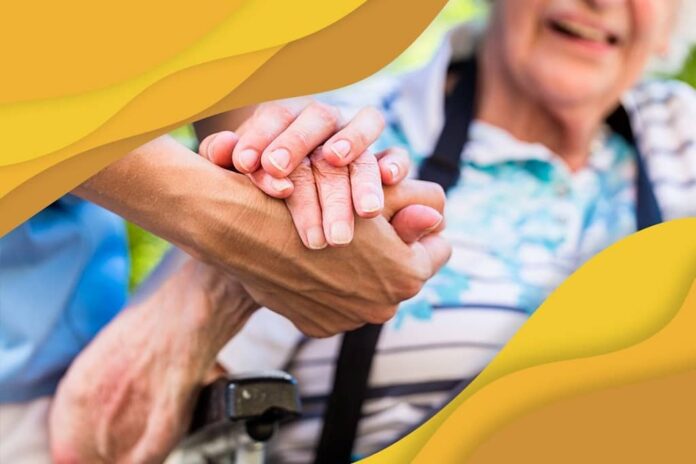Remote patient management is a digital technology that enhances patient monitoring and management in the absence of caregivers. The remote healthcare monitoring technology is ideal in remote areas and homes. A remote healthcare monitoring tool collects health data from patients and electronically transmits it to healthcare providers. The care providers then assess and make necessary recommendations if need be. RPM technology collects various medical data such as blood sugar, blood pressure, blood oxygen levels, electrocardiograms, and heart rate.
Some advantages of RPM are:
- Quick transfer of data from patients to health care providers- This allows healthcare givers to attend to more patients and reduces unnecessary hospital visits,
- Educes clinics loads
- Improves work efficiency
- Enables early detection of more severe problems
- Enhances adherence to scheduled follow-ups
Telehealth or Remote patient monitoring tools help patients receive healthcare outside of conventional clinical settings and engage patients better. The use of Telehealth to attend to patients outside medical facilities can be efficient in overcoming persistent hindrances to healthcare, such as stigma associated with certain conditions and transportation problems.
Nowadays, many rural communities have adopted telehealth tools in nonconventional settings such as:
- Workplaces
- Homes
- Correctional facilities
- School-based health centers
- Skilled nursing facilities
The two main types of remote patient management applications used to reach and engage patients in these settings are:
- Remote patient management technology: RPM assists service providers in assessing a patient’s health condition from far and assisting them in managing their health. This technology collects information about vital signs, such as blood pressure and weight. For instance, patients with heart disease can put on a blood pressure cuff to transmit readings to a data store. Thus, the patient’s healthcare team can monitor the patient’s progress and intervene, if need be, before the condition worsens. Other examples of technologies include pulse oximeters, glucometers, telehealth-enabled scales, pedometers.
- Live-video telehealth — This model involves using a device such as a smartphone, a computer, or a tablet to receive healthcare at a convenient location.
Both remote patient management programs and live-video Telehealth may use of mHealth applications. mHealth involves devices such as tablets and smartphones as well as software applications that patients can download.
The most common strategies that rural communities are adapting to enhance access to healthcare in non-clinical settings and boost patient engagement include:
- Post-acute care and Care transitions– Telehealth can increase family and patient engagement in care transitions.
- Chronic disease management — A crucial application of Telehealth is to boost chronic illness management such as congestive heart failure, diabetes, and obstructive pulmonary disease.
- Direct-to-consumer Telehealth –this strategy provides patients daily access to virtual healthcare. Here, patients use a tablet, smartphone, or computer to access a telehealth platform and connect to providers. Direct-to-consumer models allow the patient to initiate the telehealth visit directly.
- Medication adherence — Some mHealth applications focus on increasing medication adherence. Applications could use an SMS, alarm, or screen notification to notify the patients that they should take their medicine.
- Home-based care for seniors–Home-based Telehealth is a vital strategy for enhancing access to healthcare for the elderly, who might have mobility issues.









